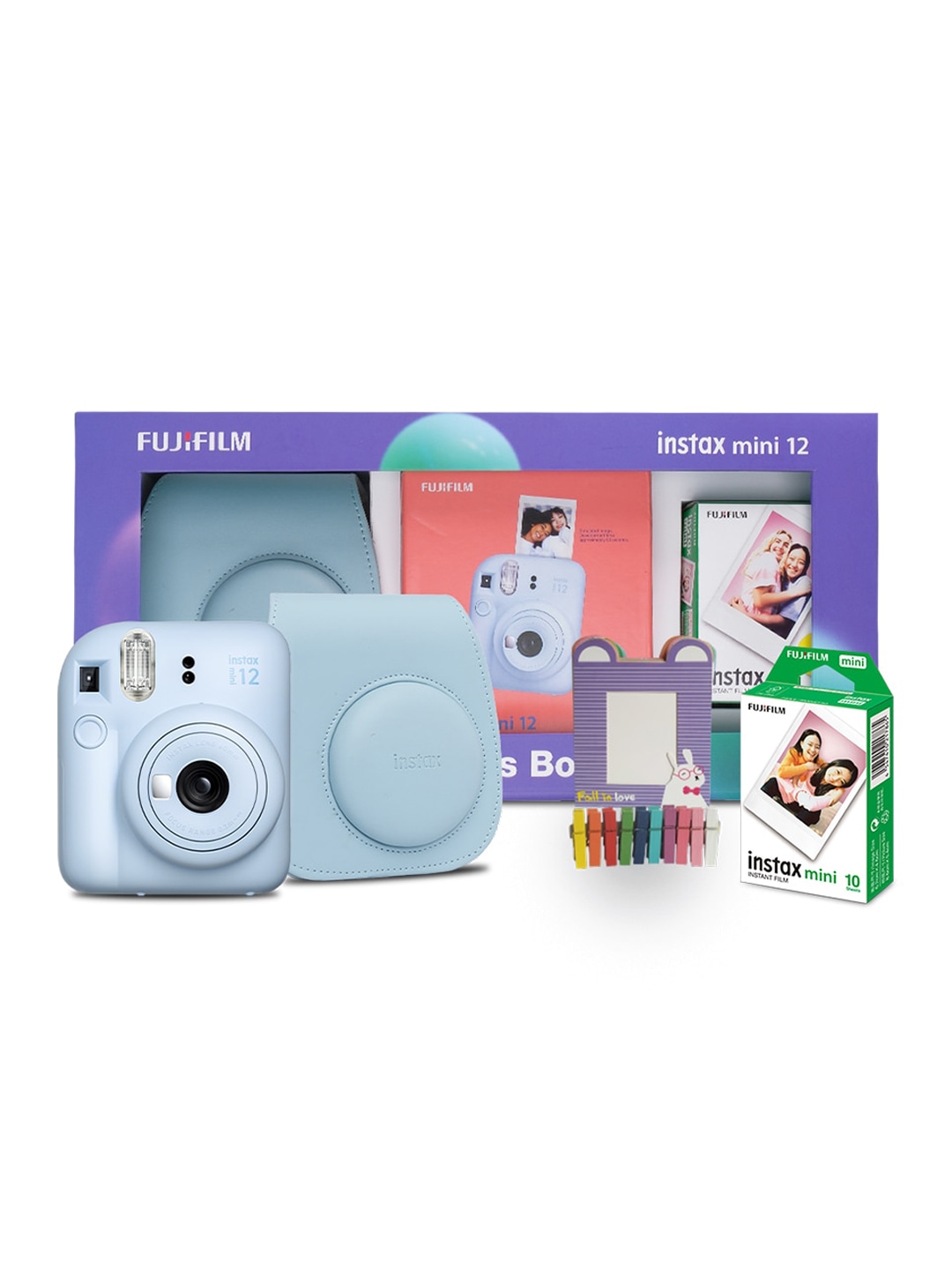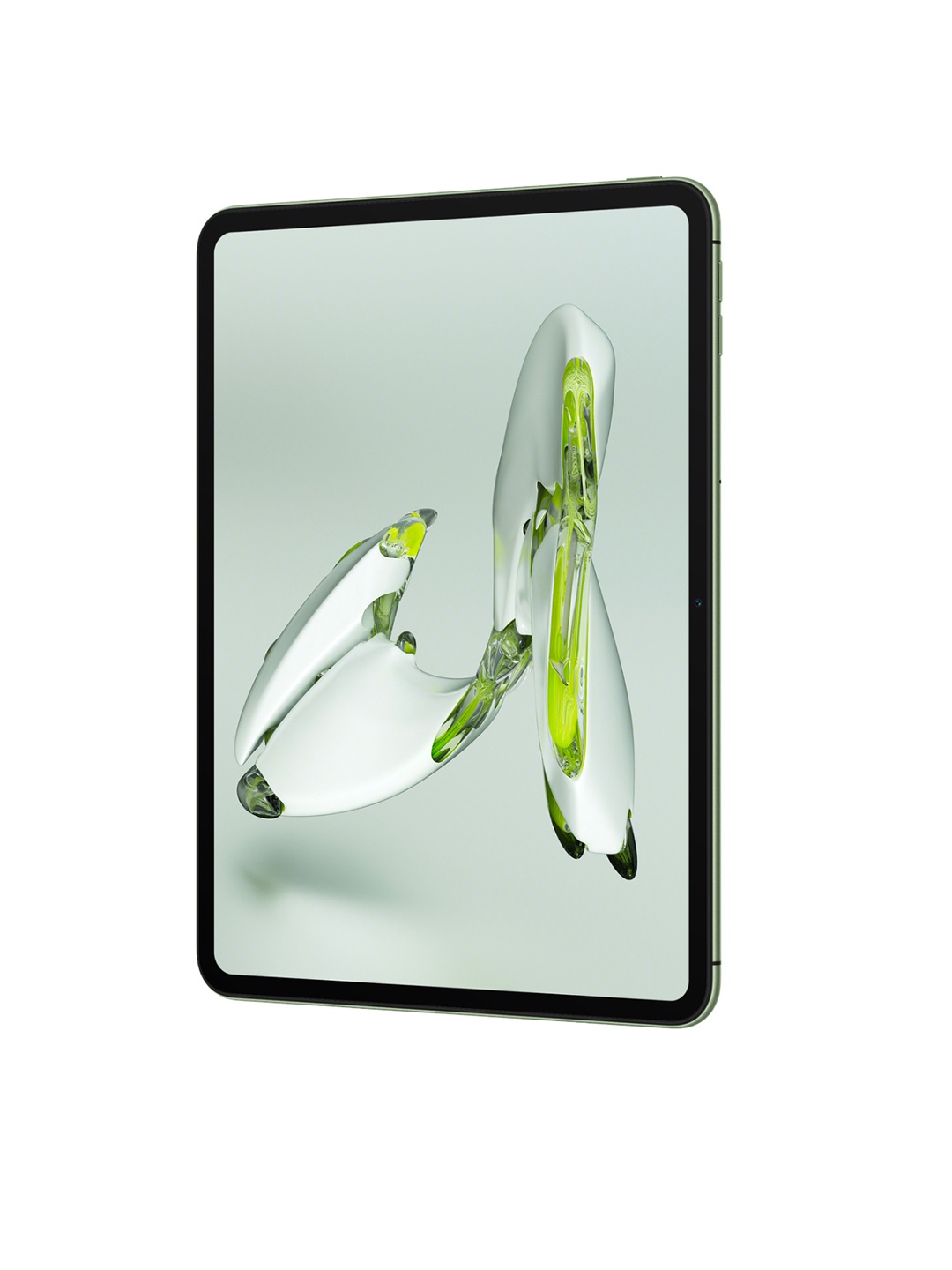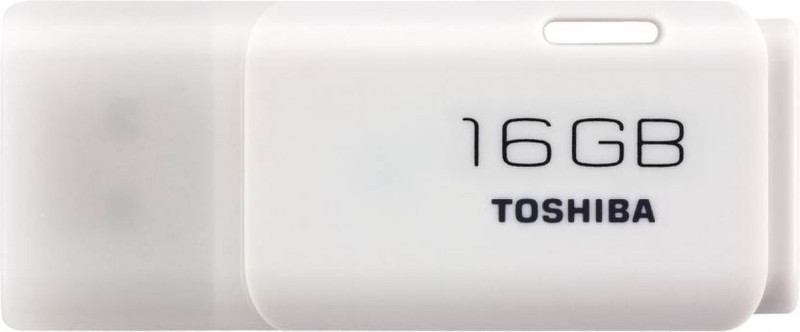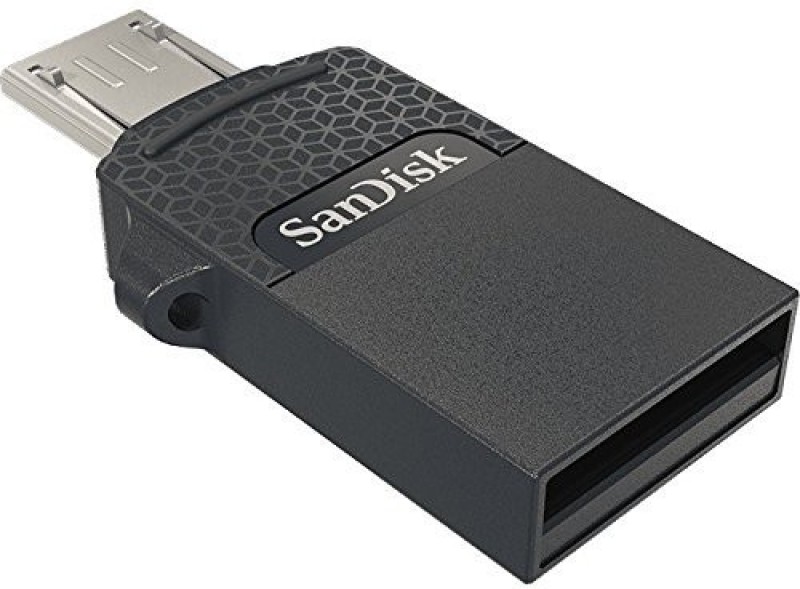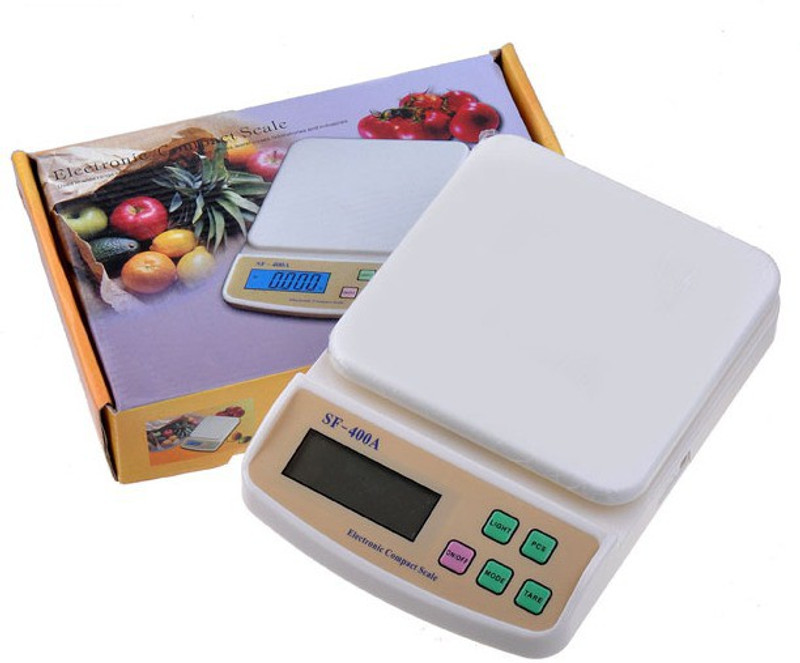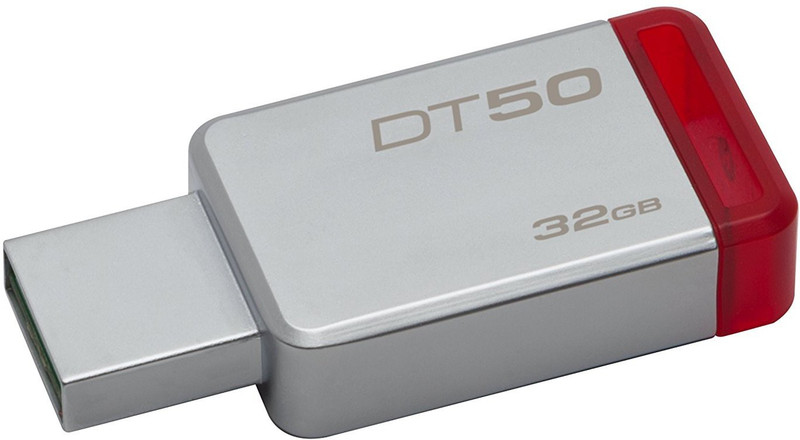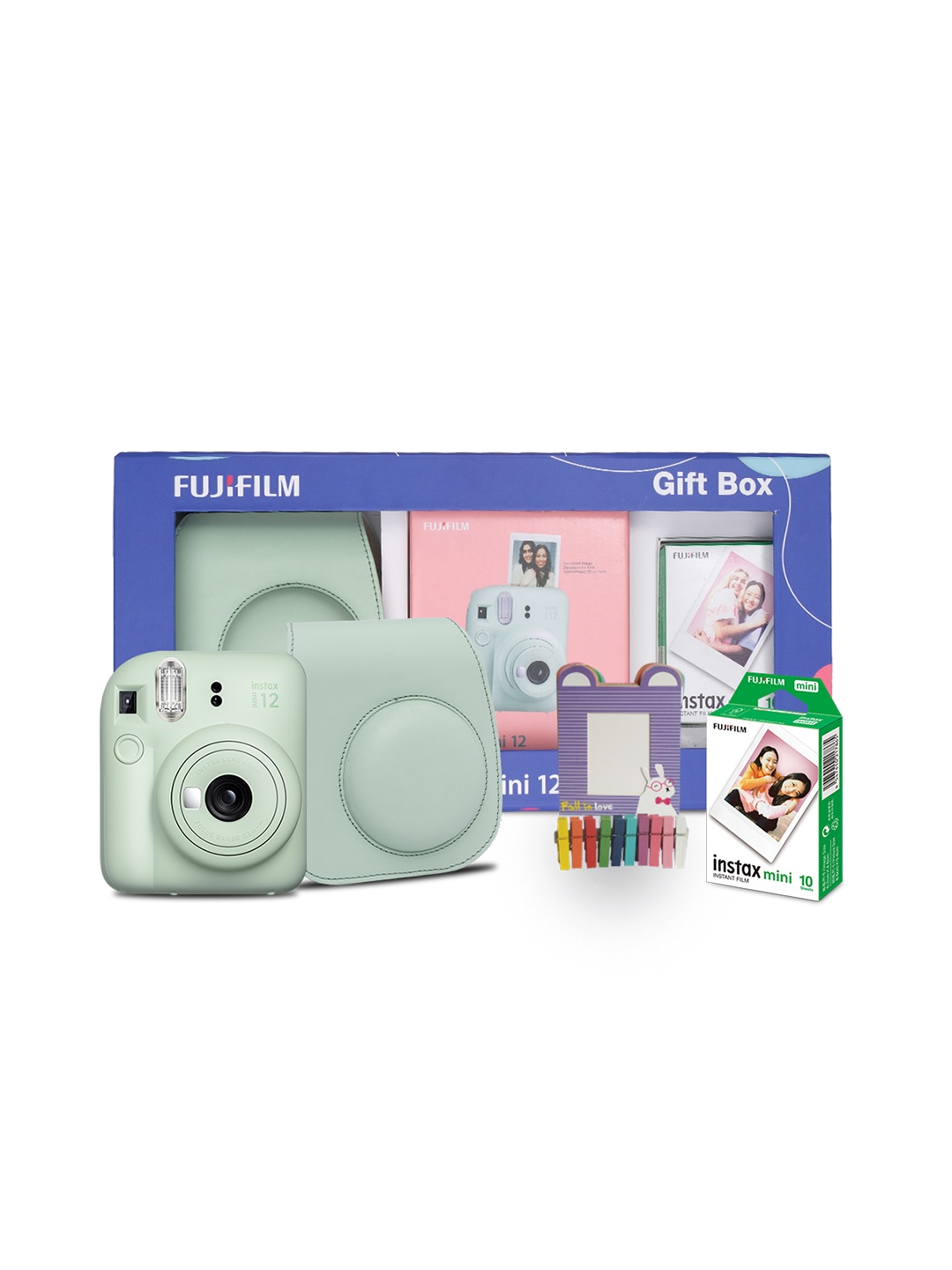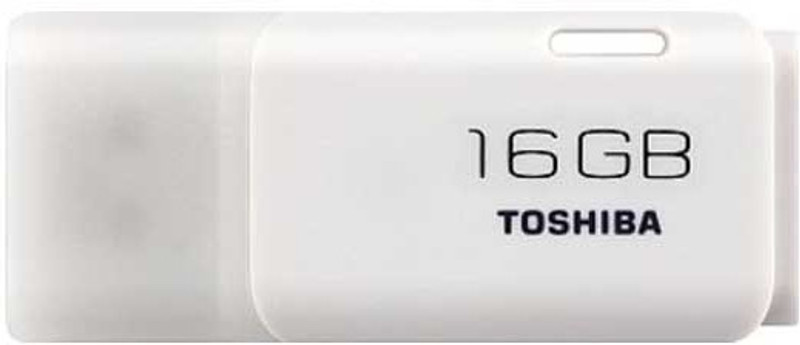Can A Better Monitor Boost Your Productivity? Here's What We Found

When it comes to productivity, we often focus on the obvious: time management, software, or even mental clarity. However, there's one tool that can make a massive difference that many overlook- your monitor. Whether you're a professional working from home, a student crunching numbers for an assignment, or someone balancing a side hustle, the screen you spend hours staring at could be one of the most underrated influences on your output. So, can a better monitor actually boost your productivity? The answer may surprise you.
We've all experienced eye strain from long hours in front of our screens or struggled to keep up with a multitude of open windows. A high-quality monitor might just be the key to overcoming these challenges, but is it really worth the investment? In this article, we'll explore how the right monitor can improve your focus, comfort, and ultimately, your productivity.
1. Sharper Vision for Sharper Focus
Imagine sitting at your desk, your eyes glued to a screen that's slightly blurry or pixelated. It's not only uncomfortable, but it can also significantly hinder your ability to focus on the task at hand. A higher-quality monitor, with better resolution and clarity, can drastically improve the visual experience. The clearer the image, the less strain on your eyes, and the better your brain can focus on the work you're doing.
Think of it this way: when everything on your screen is crisp and clear, you're less likely to get distracted by fuzzy details or pixelation. Your brain can focus on the task at hand instead of trying to decipher distorted text or blurry graphics. So, the next time you're about to purchase a new monitor, consider opting for one with a higher resolution—it could mean the difference between a productive day and a strained, unfocused one.
2. Reduced Eye Strain
If you've ever spent a full workday staring at a screen, you've probably experienced that all-too-familiar feeling of tired eyes, headaches, or even blurred vision. The culprit? Flickering light, poor contrast, and the glare bouncing off your monitor. But this doesn't have to be the case. Upgrading to a better monitor can help reduce the strain on your eyes, allowing you to work longer hours with greater comfort.
Monitors with technologies like blue light reduction, anti-glare coating, and flicker-free screens can make all the difference. These features not only minimise the physical discomfort of prolonged screen time but also promote healthier eye habits. By creating a more pleasant viewing experience, you can reduce the mental fatigue that comes from squinting at your screen, making it easier to stay focused and productive for longer periods.
3. A Bigger Screen Equals More Space for Creativity
One of the most obvious perks of a better monitor is the increased screen real estate. When you're working on complex tasks- like editing a video, designing a project, or comparing multiple documents- having more space to spread out your work is invaluable. A larger, higher-quality screen offers room for multiple windows, helping you stay organised and avoid the constant back-and-forth between tabs.
Think of it as the digital version of having a clean desk. With more space, you can keep everything in sight, making it easier to juggle different tasks. This setup not only saves you time but also reduces mental clutter, leading to smoother transitions between tasks. Whether you're managing spreadsheets or brainstorming new ideas, a bigger monitor can be a productivity booster that truly enhances your workflow.
4. Enhanced Multitasking: One Screen, Multiple Windows
Multitasking is a necessary skill in today's fast-paced world. Whether you're hopping between emails, research papers, and meetings, you need a screen that can handle it all. This is where a high-quality monitor shines- especially if it's large enough to support multiple windows at once.
The ability to easily view and work across various documents, spreadsheets, or communication platforms can save precious time that would otherwise be spent minimising and reopening tabs. Picture this: you can have your email open in one window, your research in another, and a video conference on the side- all without the hassle of constantly switching between them. With a better monitor, multitasking becomes less of a juggling act and more of an art form.
5. Better Colour Accuracy for Precision Tasks
For those involved in creative fields, the colour accuracy of your monitor is paramount. Whether you're a photographer, graphic designer, or content creator, your monitor's colour reproduction directly impacts the quality of your work. A high-quality monitor that supports true-to-life colour accuracy ensures that what you see on the screen matches what others will experience on their devices.
Imagine editing a photo only to realise that the colours are completely off once you print or share it. This can be a massive productivity drain for anyone relying on precise colour work. Investing in a monitor with good colour accuracy, like an IPS panel, can save time and prevent mistakes that may require hours of reworking. When your monitor displays colours as they should be, you're one step closer to flawless execution and that's a huge boost to productivity.
6. Reduced Lag, Smoother Workflow
Anyone who's experienced a laggy or delayed response on their monitor knows how frustrating it can be. This is particularly important for those who work with data-heavy applications, design programs, or even gaming. A slow response time can throw you off track and hinder your productivity by creating delays, stuttered images, or unwanted interruptions.
With a better monitor, especially one with a faster refresh rate and low response time, you'll notice a smooth, seamless experience that makes interacting with your work feel natural. This is especially crucial in fields like gaming, video editing, or software development, where quick, responsive performance is needed. The time saved by having a monitor that reacts instantly to your commands adds up, letting you get more done in less time.
7. Improved Posture and Comfort
Did you know that your monitor height and angle can impact your posture? Poor posture while using your computer can lead to back pain, neck strain, and even long-term physical issues. A good monitor often comes with adjustable height, tilt, and swivel options, allowing you to tailor your setup to your needs.
By adjusting your screen to an ergonomic position, you can reduce the risk of physical discomfort and create a more comfortable working environment. This leads to less fatigue, fewer breaks due to discomfort, and a more focused work experience. So, when looking for a new monitor, don't just think about the screen size or specs, consider how adjustable it is, and whether it will help you maintain proper posture while you work.
Also Read: We Tried Marshall Monitor III For The First Time: Here Is What We Learned
8. Better Connectivity for Seamless Integration
In a world of connected devices, having a monitor that offers a wide range of connectivity options can greatly enhance your productivity. Whether it's HDMI, USB-C, DisplayPort, or even wireless connectivity, a monitor that's versatile in how it connects to your computer or other devices can save you time and hassle.
The convenience of easily connecting your monitor to external devices, such as a laptop, tablet, or even a smartphone, can streamline your workflow. This is particularly beneficial for those working with multiple devices or in collaborative settings, where seamless integration is key. A monitor with good connectivity ensures that you don't waste time fiddling with cables or adapters, leaving you more time to focus on the task at hand.
Products Related To This Article
1. BenQ GW2490 60.96 cm (24 Inch) Full HD LED Backlit IPS Panel
2. MarQ by Flipkart 60.96 cm (24 Inch) Full HD IPS Panel
3. SAMSUNG M5 81.28 cm (32 Inch) Full HD VA Panel with Mouse and Keyboard Control
4. LG 68.58 cm (27 Inch) 4K Ultra HD IPS Panel White Colour Monitor
5. Lenovo L-Series 60.96 cm (24 Inch) Full HD LED Backlit IPS Panel with 99% sRGB
6. ZEBRONICS 76.2 cm (30 Inch) Curved WFHD VA Panel with 300 Nits Brightness
7. MSI 60.96 cm (24 Inch) Full HD IPS Panel with Anti-Flicker Technology
When it comes down to it, the monitor you choose can play a pivotal role in your productivity. From reducing eye strain to enhancing focus, creativity, and comfort, the right monitor has the potential to make your workday not just easier but more enjoyable. So, the next time you consider upgrading your workspace, don't overlook the impact a better monitor could have. It's an investment that, quite literally, puts your work front and centre. And who knows? That slight upgrade might just be the productivity boost you've been waiting for.
Disclaimer: The images used in this article are for illustration purpose only. They may not be an exact representation of the products, categories and brands listed in this article.















